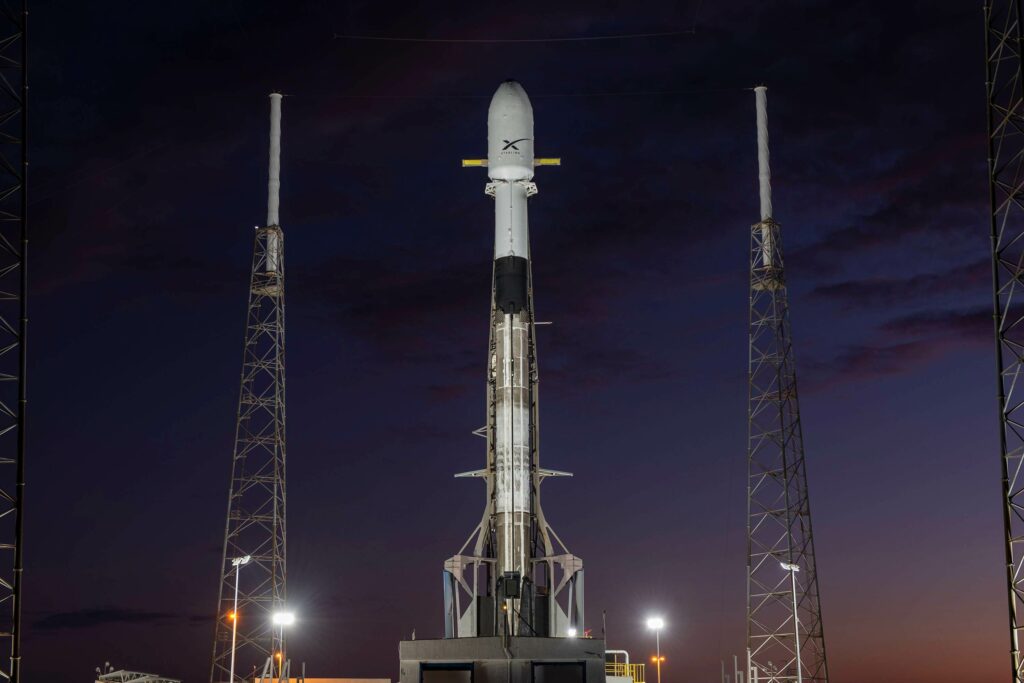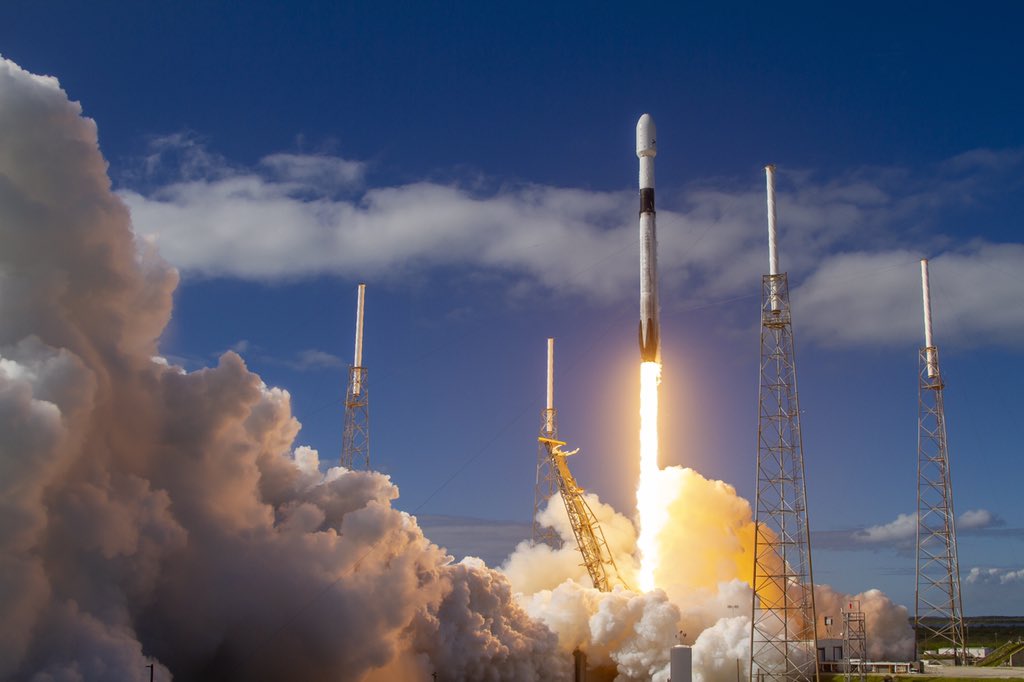SpaceX’s plans to provide global broadband service through a mega constellation of low-earth satellites successfully passed the initial steps on Nov 11 when its Falcon 9 rocket was used for the 9th time to launched 60 Starlink satellites into orbit.
The Starlink satellites, staked closely atop the veteran Falcon 9, were launched from Cape Canaveral Florida, marking the fourth time the first stage boosters, the most expensive part of the rocket, were used.
“The Falcon has landed for the fourth time,” SpaceX Starlink engineer Lauren Lyons, said during launch commentary. “These boosters are designed to be used 10 times. Let’s turn it around for a fifth, guys.”

Space X is an American company that, along with other out-of-the-world endeavors, aims at providing fast internet services across the globe. SpaceX has made several attempts to launch space satellites and satellite constellations for this purpose. Starlink is a satellite constellation and it consists of many small satellites that work together to provide internet service. This satellite constellation sends signals and these signals are received by the signal receiving system present on earth.
SpaceX dedicated the flight of Falcon 9, which occurred on Veteran’s Day in the US, to the US military and war veterans. “Liftoff! With gratitude to our veterans today and always,” a SpaceX commentator said. “Go, U.S.A.!”
Other than successfully reusing the Falcon 9, SpaceX accomplished another milestone when SpaceX’s drone-ship landing platform “Of Course I Still Love You” in the Atlantic Ocean captured the first stage booster, marking the company’s 45th booster recovery.

The company aims at providing faster and reliable internet access to consumers with poor or no internet access. SpaceX CEO Elon Musk says that they have improved the quality and reliability of the satellites and confirmed the working of satellites by tweeting. This launch is a great achievement of the company which aimed at providing internet access to North America by 2020. According to Musk, they are one step closer to their goal of providing internet to almost all parts of the world.
One exciting feature of the launch is that it has reused fairing which was a dream of Musk and is now a reality. For the first time, Space X has reused a nose cone of the rocket.
Cameras attached to the fairing captured the moments of deploying the satellites and then return of the fairing successfully back to earth. The satellites in the launch were quite heavy, weighing almost 500 pounds and it is the heaviest payload so far. Musk says that this satellite constellation will help generate more cash for the company and labeled it a milestone moment in his pursuit of creating a city on Mars.
Also Read: The Climate of Our Planetary Neighbors Explained
Writer: Abdullah khan & Sherdill khan

Muhammad Abdullah Khan has done bachelors in Chemistry from Government College University
Lahore. He is a science enthusiast and loves to read and write about astronomy, cosmology and latest
scientific endeavors.

